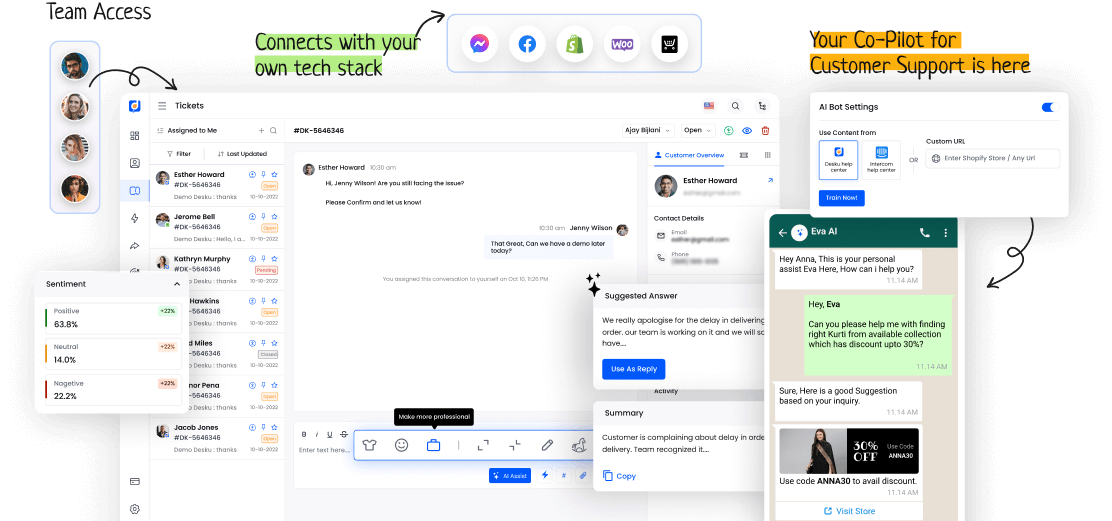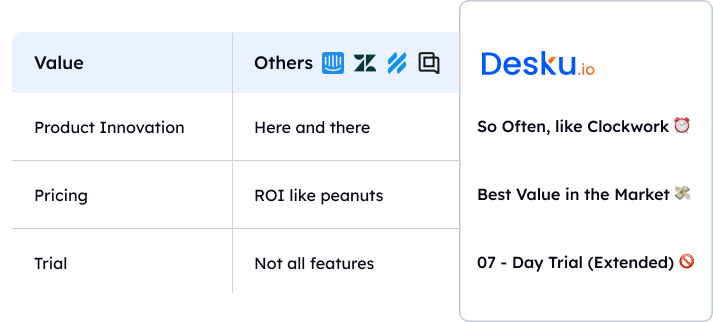In the world of web development, JavaScript is the bedrock. It shapes the digital landscape we use every day. It's behind everything from slight animations to heavy data changes. This coding language is the secret to smooth user experiences.
But what is JavaScript? And why is it so important to modern web design? Let's explore the depths of JavaScript. It's an essential tool for developers who want to improve their online work beyond static pages.
I. Understanding JavaScript Basics
To get JavaScript basics, you need to know its key ideas and syntax. JavaScript is a crucial coding language. It makes interactive parts on websites. Its syntax basics have things like variables, functions, loops, and conditional phrases.
Knowing these core ideas is key for anyone who wants to make lively and engaging web apps. Keep reading for hands-on uses of JavaScript in the next part.
II. Practical Applications of JavaScript
JavaScript's use in web development showcases its flexibility and power in enhancing website function. Its widespread use allows for interactive and lively features that engage users.
Some practical uses include:
- Checking forms to ensure user input is error-free.
- Updating content dynamically without needing to reload the page.
- Providing interactive maps to enrich user experience.
- Offering real-time chat for immediate user interaction.
III. Advancements and Evolution of JavaScript
JavaScript keeps changing and growing its abilities to meet modern web development needs. Its progress has led to new frameworks and libraries. These tools improve coding, making it easier and more user-oriented.
Tools like React, Angular, and Vue.js enhance JavaScript's usefulness. They let developers build dynamic, interactive web apps with ease.











